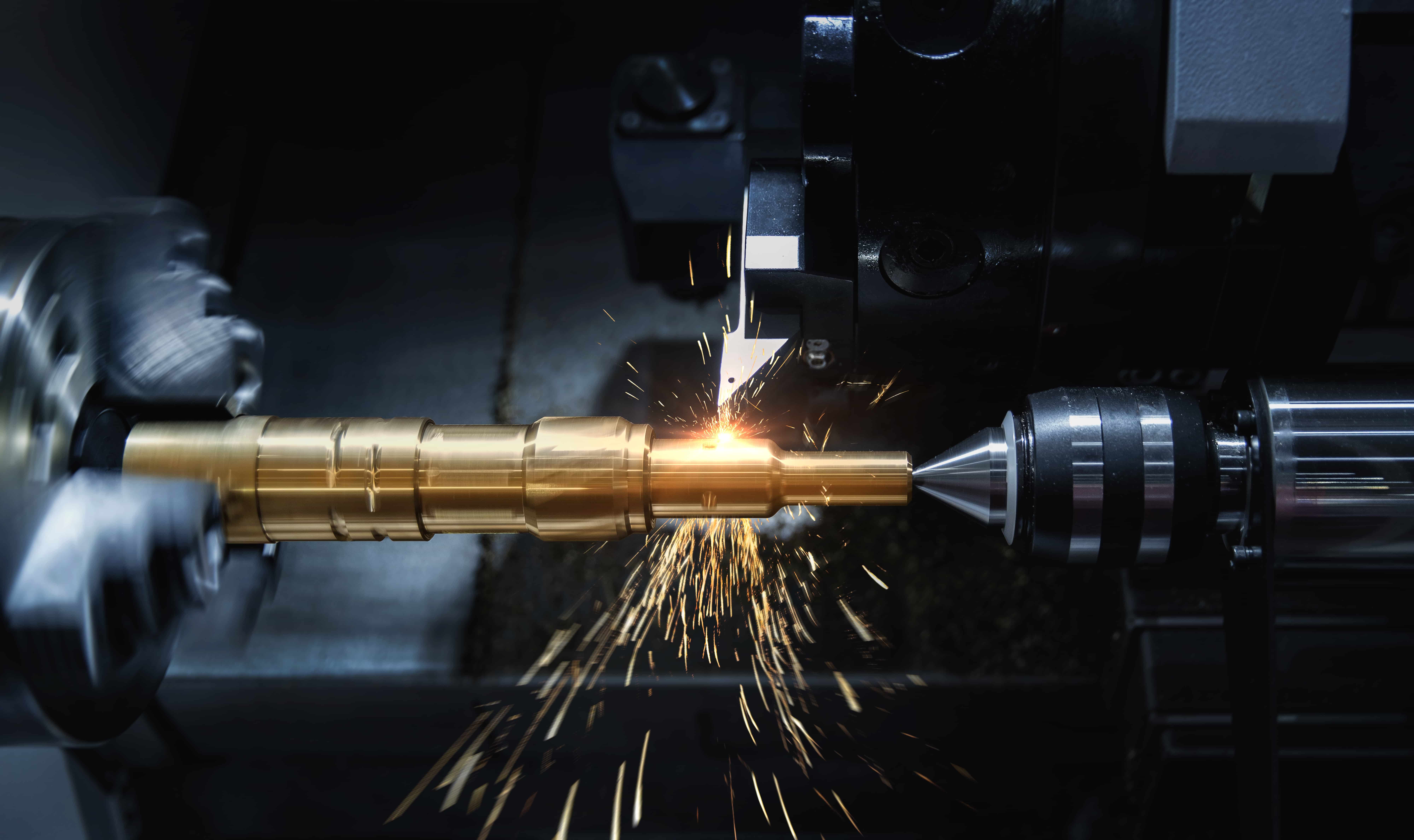Gang dicing optics involves the simultaneous cutting or separation of multiple optical components from a larger substrate, often referred to as a wafer. This process is crucial in the production of individual optical devices, lenses, or components used in various applications, including imaging systems, cameras, sensors, and laser systems. Here’s an overview of key aspects related to gang dicing optics:
- Optical Substrates:
Gang dicing is typically performed on optical substrates, which can include materials like glass, crystals, or specialized optical materials. These substrates may be in the form of wafers or sheets. - Dicing Techniques:
Various dicing techniques can be employed for gang dicing optics, including blade dicing, laser dicing, and abrasive waterjet cutting. The choice of technique depends on factors such as material properties, precision requirements, and the desired characteristics of the optical components. - Blade Dicing:
Blade dicing involves the use of a rotating blade to cut through the optical substrate, separating individual optical components. This method is common for materials like glass and crystals. - Laser Dicing:
Laser dicing utilizes a focused laser beam to cut through the optical substrate. It is suitable for thin and delicate materials and offers high precision, especially for intricate designs. - Abrasive Waterjet Cutting:
Abrasive waterjet cutting employs a high-pressure stream of water mixed with abrasive particles to cut through the optical substrate. This method is advantageous for materials with varying hardness. - Multiple Components in One Pass:
The primary advantage of gang dicing optics is the ability to cut multiple optical components in a single pass. This increases efficiency and throughput in optical component manufacturing. - Precision Requirements:
Precision is crucial in optics manufacturing, and gang dicing must achieve tight tolerances to ensure that each separated optical component meets specifications. This is particularly important for maintaining optical clarity and performance. - Material Considerations:
The choice of dicing technique depends on the material properties of the optical substrate. Gang dicing methods must consider the brittleness, hardness, and other characteristics to avoid damage to the optical components. - Die Layout and Spacing:
The arrangement of optical components on the substrate, known as the die layout, and the spacing between components are essential considerations in gang dicing to prevent damage and ensure accurate separation. - Wafer Mounting:
Before gang dicing, the optical substrate is often mounted on a dicing tape or adhesive film to facilitate the dicing process and prevent damage to the components. - Post-Dicing Processes:
After gang dicing, there may be additional processes such as polishing, coating, or assembly to prepare the individual optical components for integration into optical systems or devices. - Cleanliness and Contamination Control:
Similar to semiconductor manufacturing, optics manufacturing requires a clean environment to prevent contamination that could affect the performance of optical components. Proper cleanliness measures are crucial in gang dicing optics. - Applications:
Gang dicing optics is used in the production of various optical components, including lenses, filters, prisms, and mirrors. These components are integral to optical systems in cameras, sensors, lasers, and imaging devices.
In summary, gang dicing optics is a critical step in the manufacturing of optical components, allowing for the simultaneous separation of multiple components from a larger substrate. The choice of dicing technique, attention to precision, and consideration of material properties are essential in ensuring the quality and performance of the individual optical components produced.

